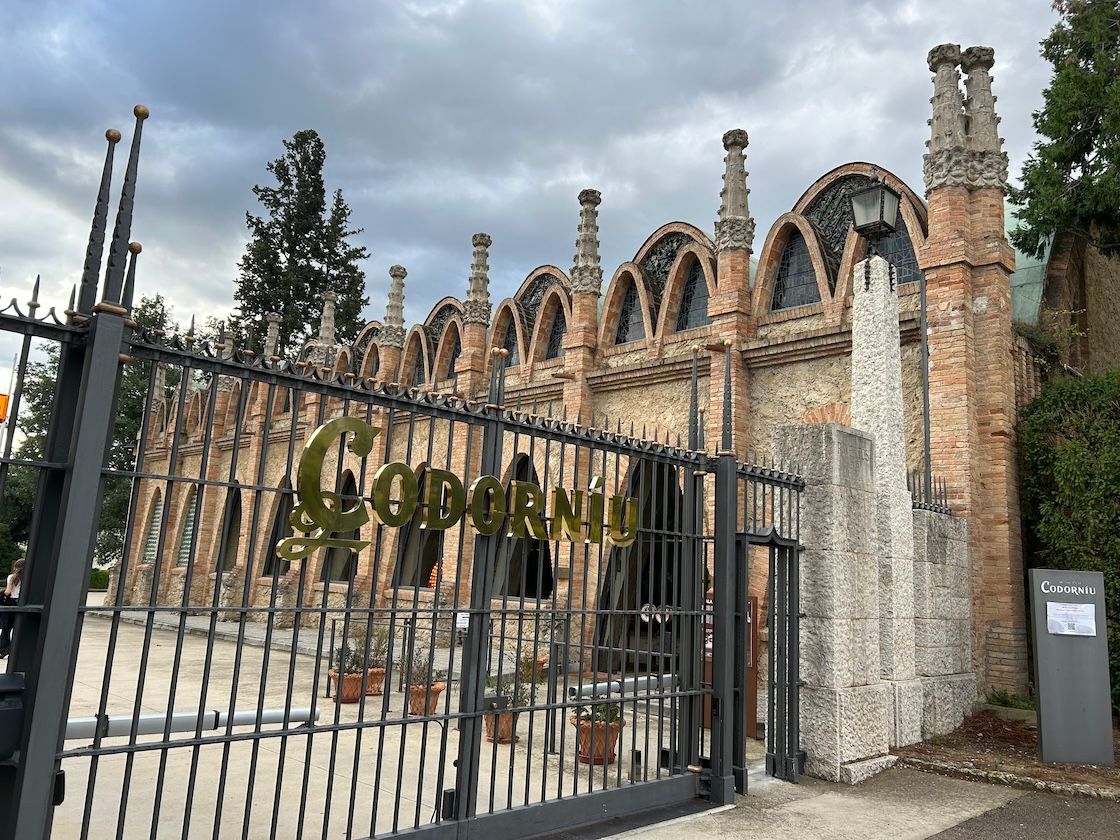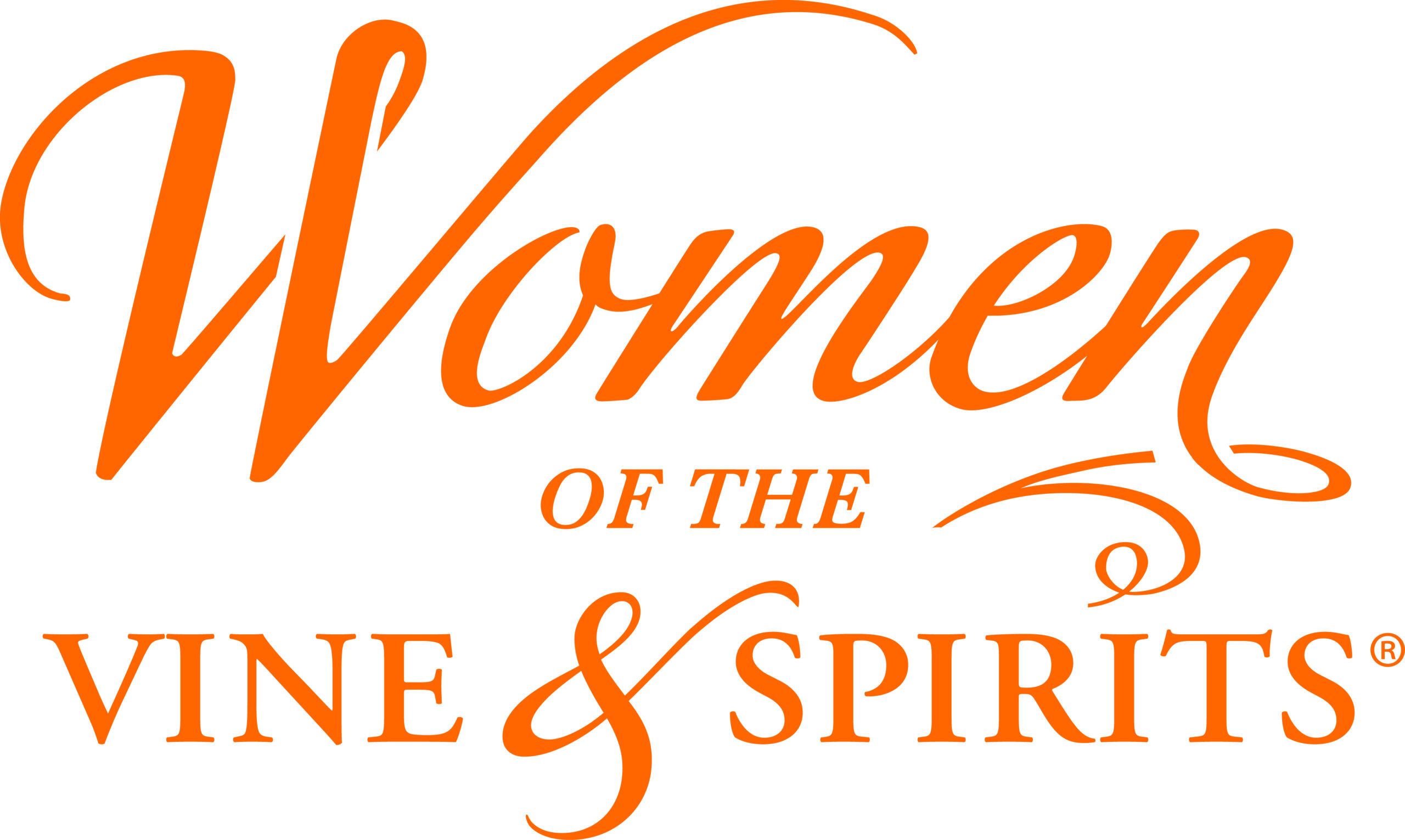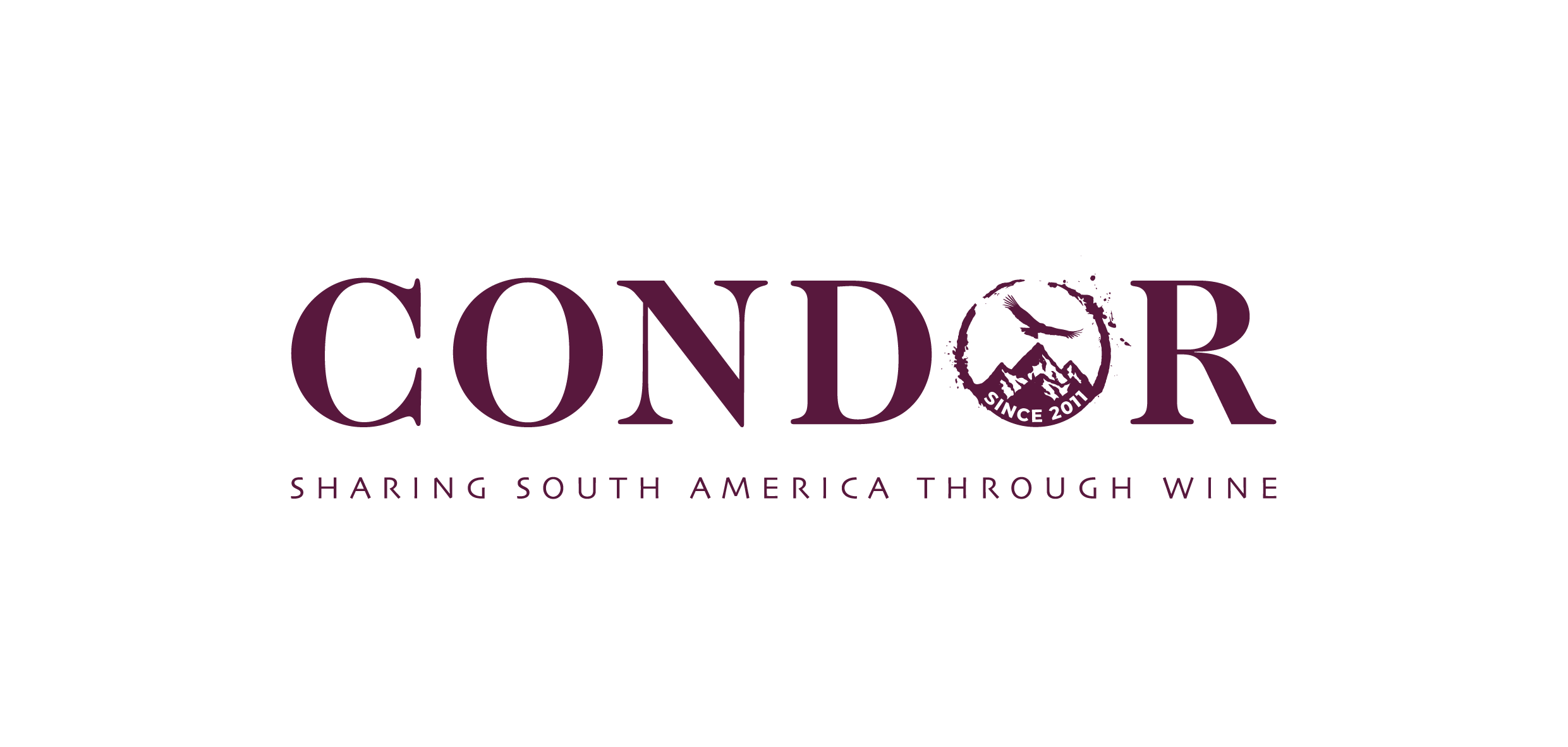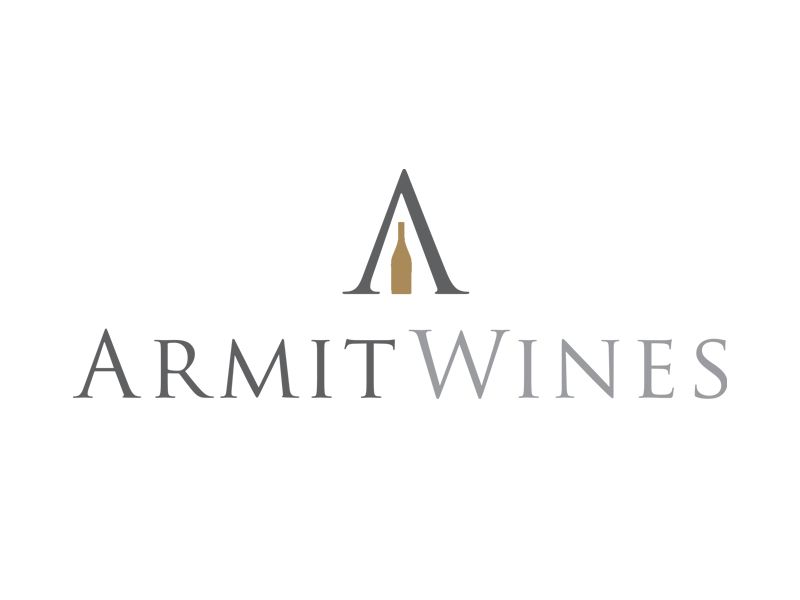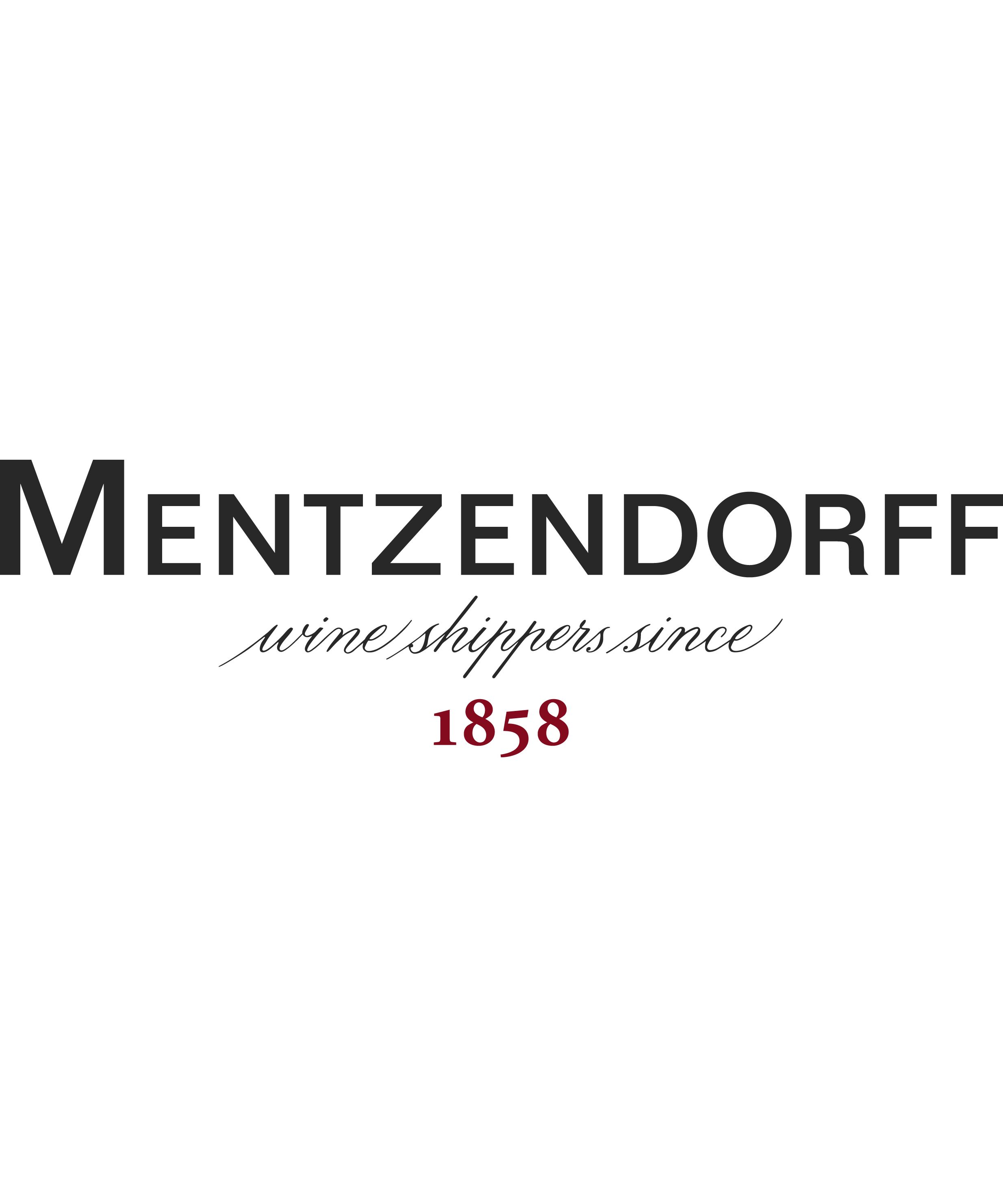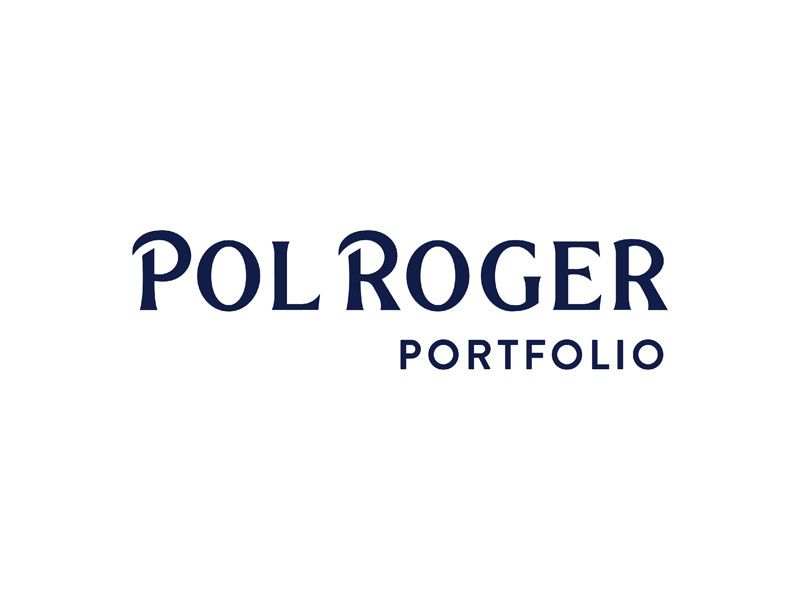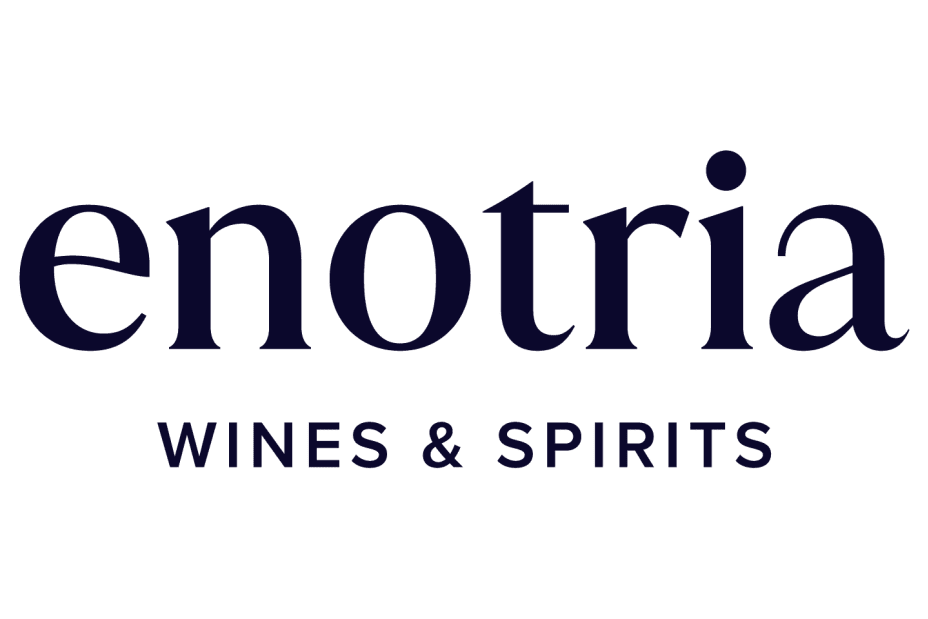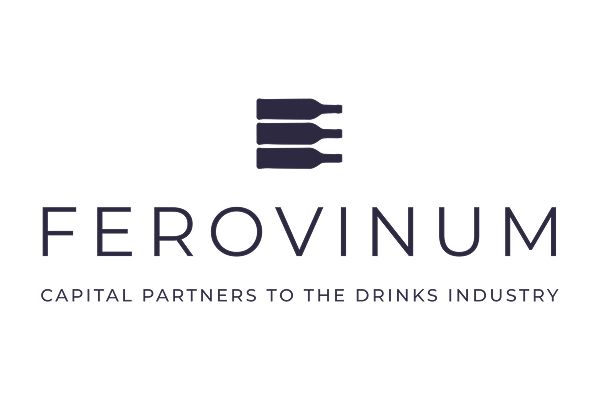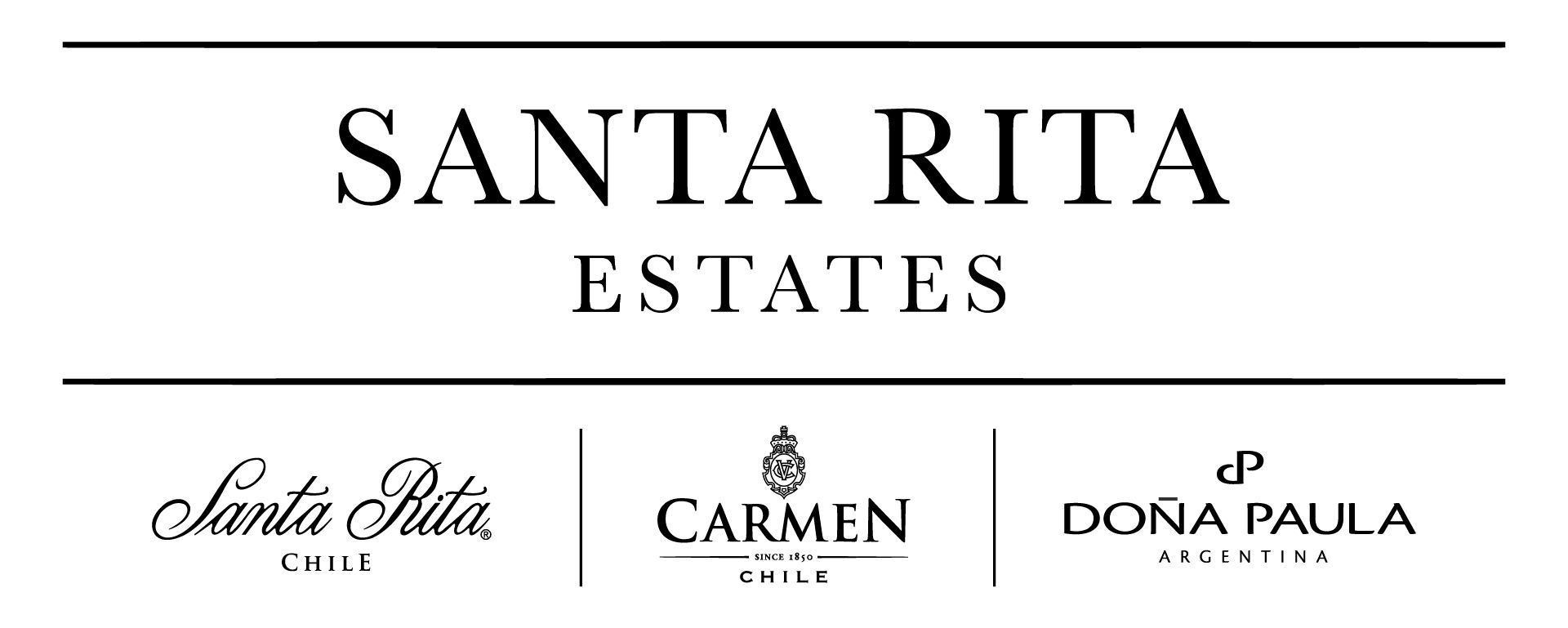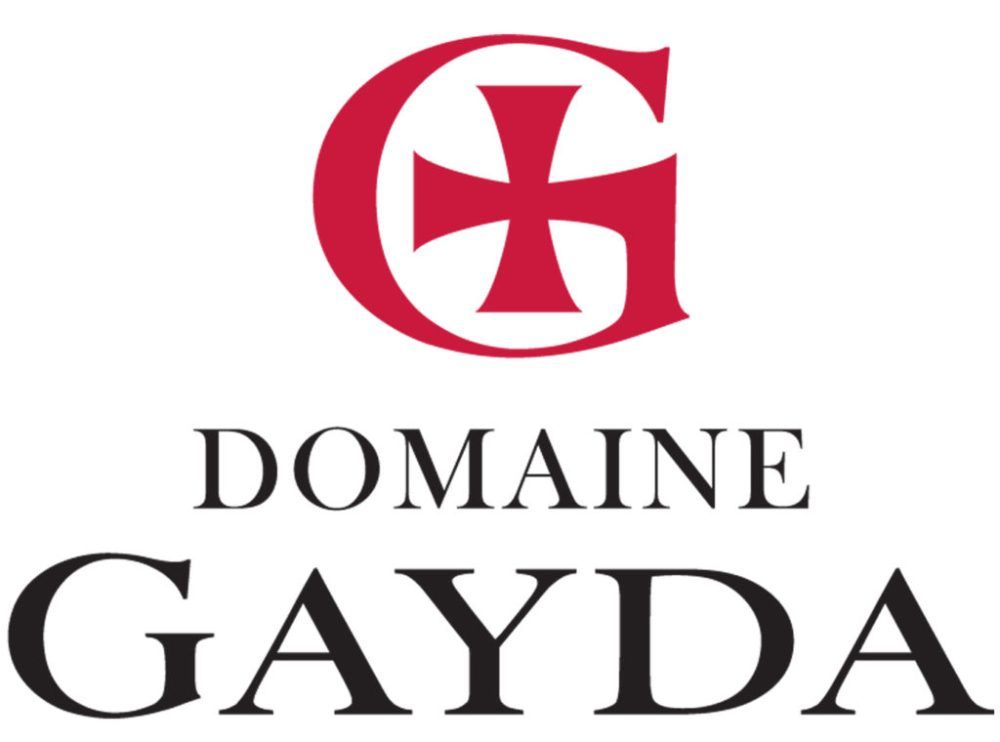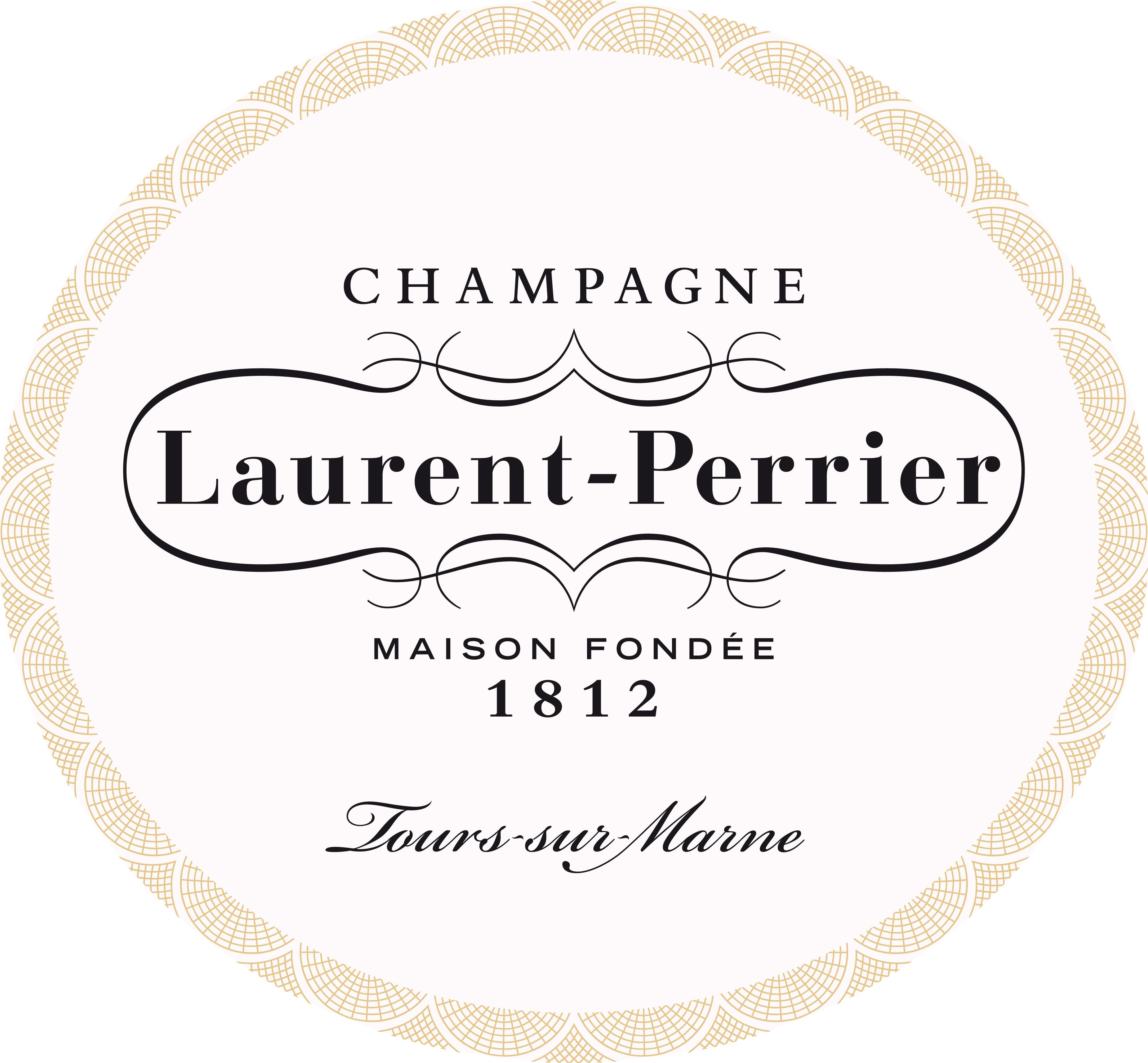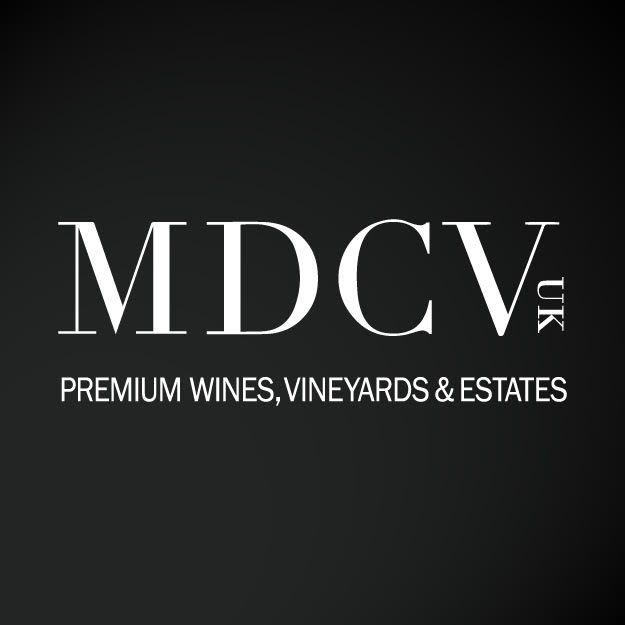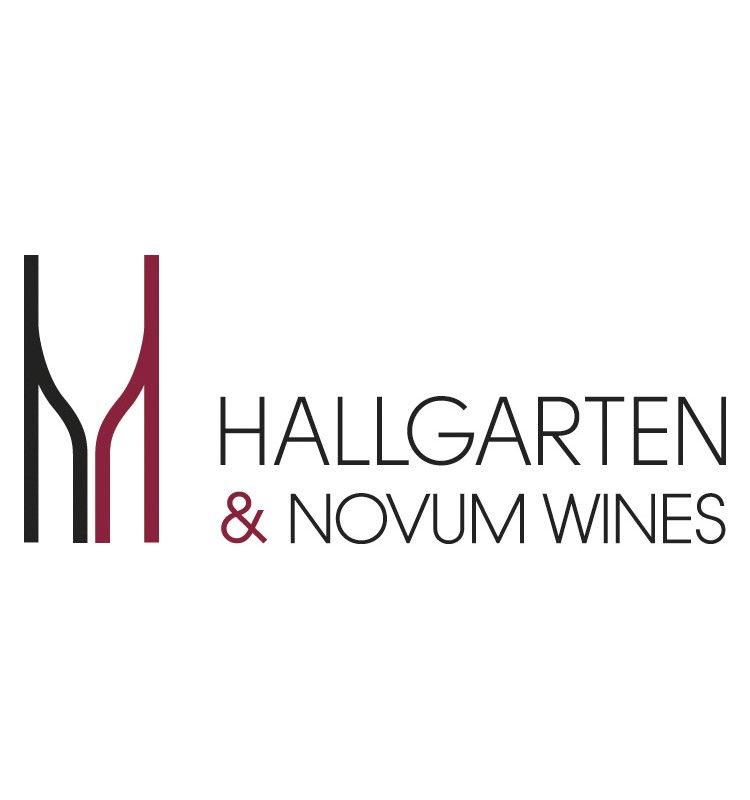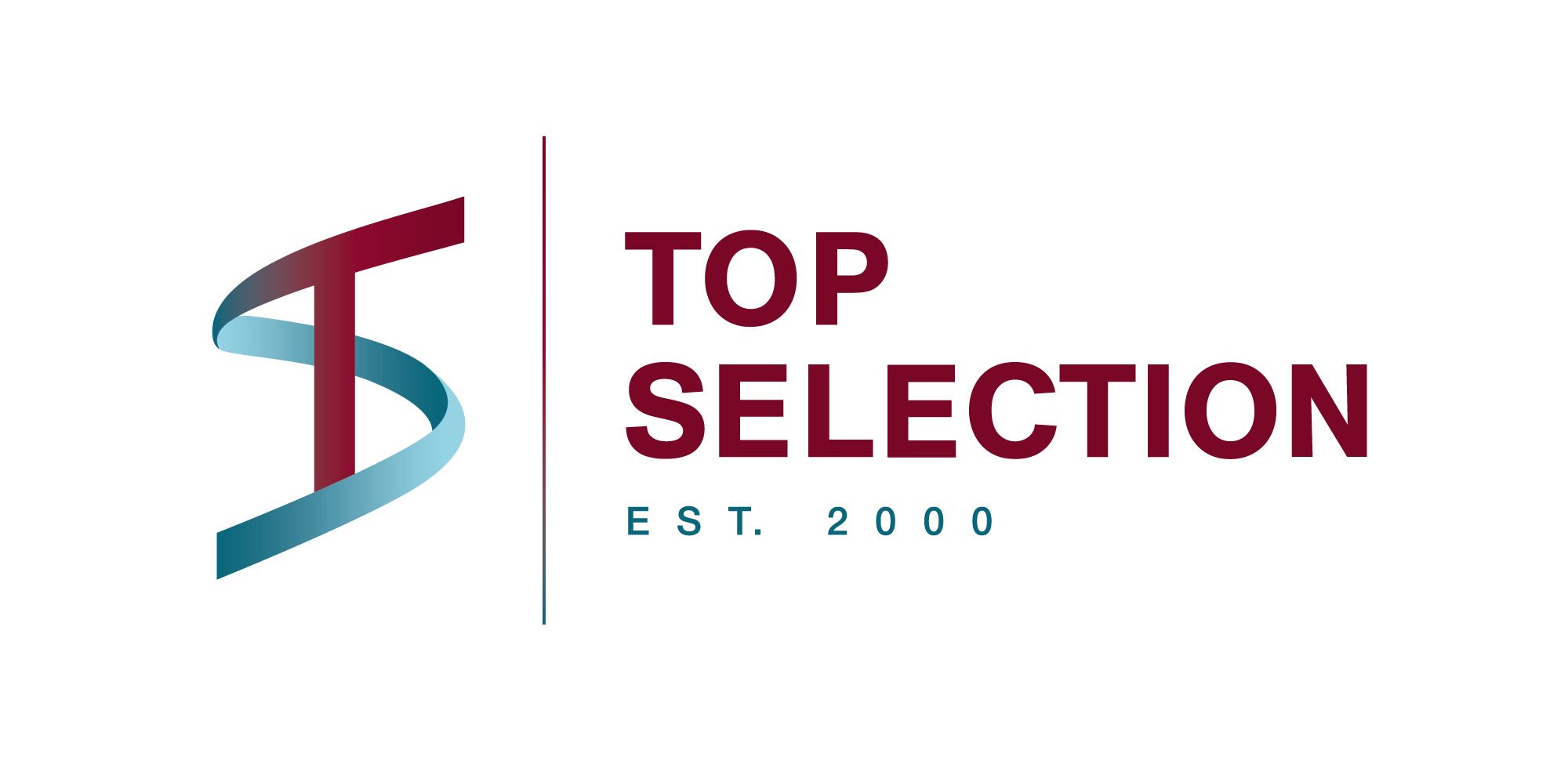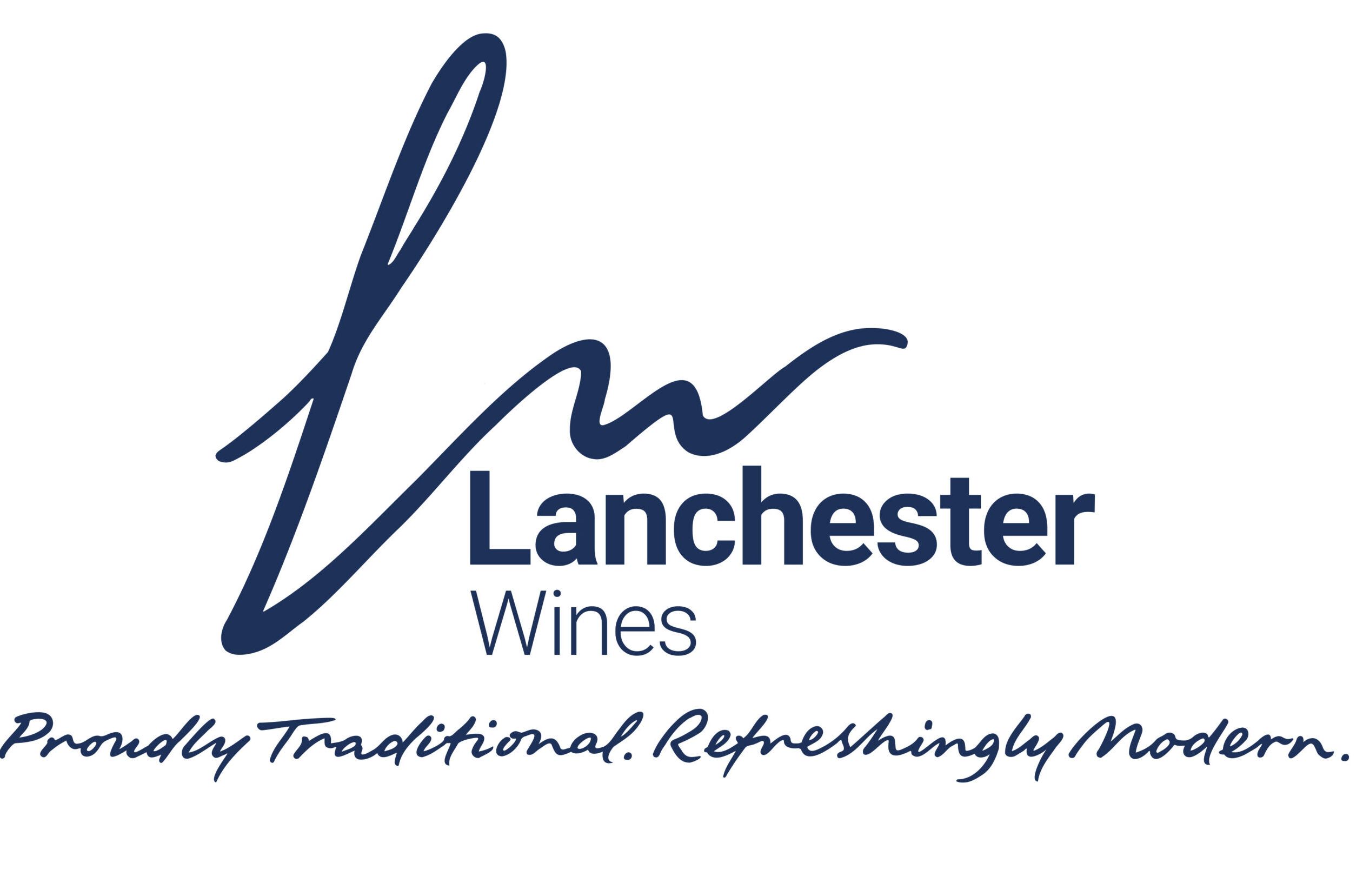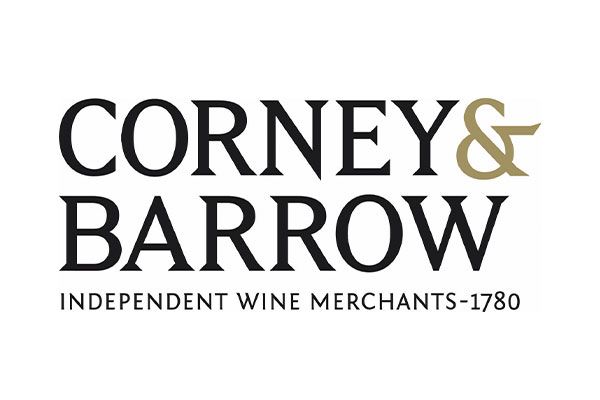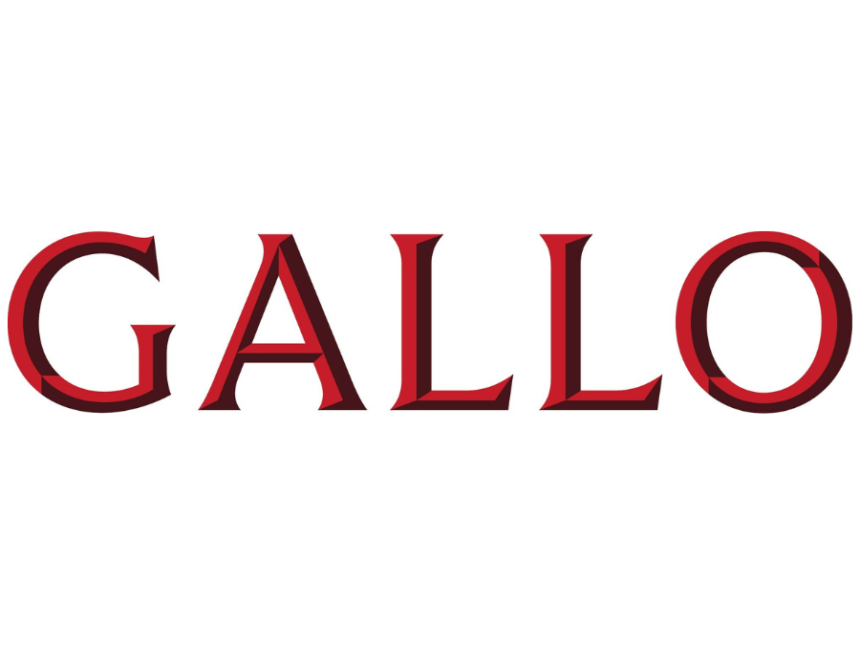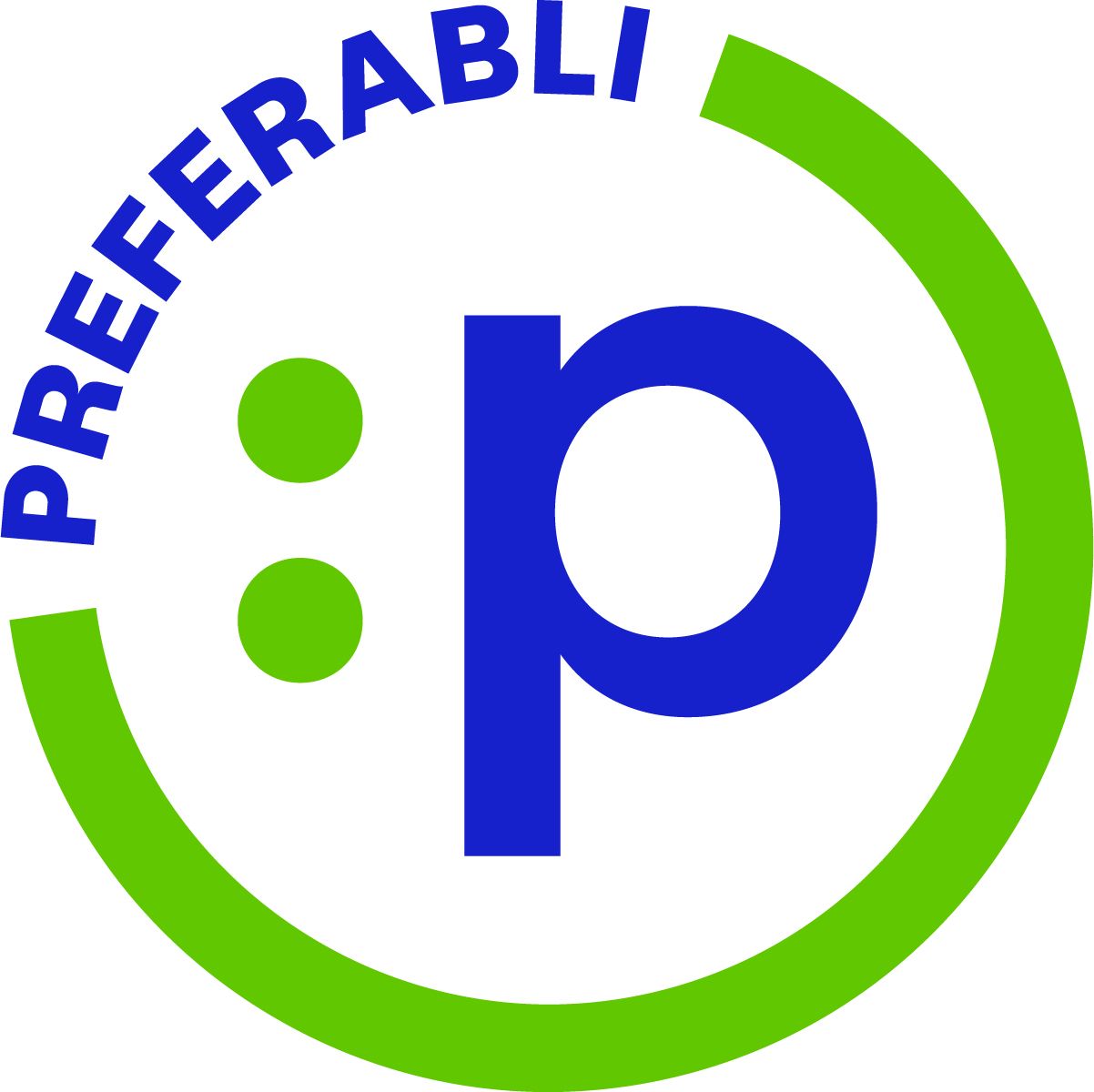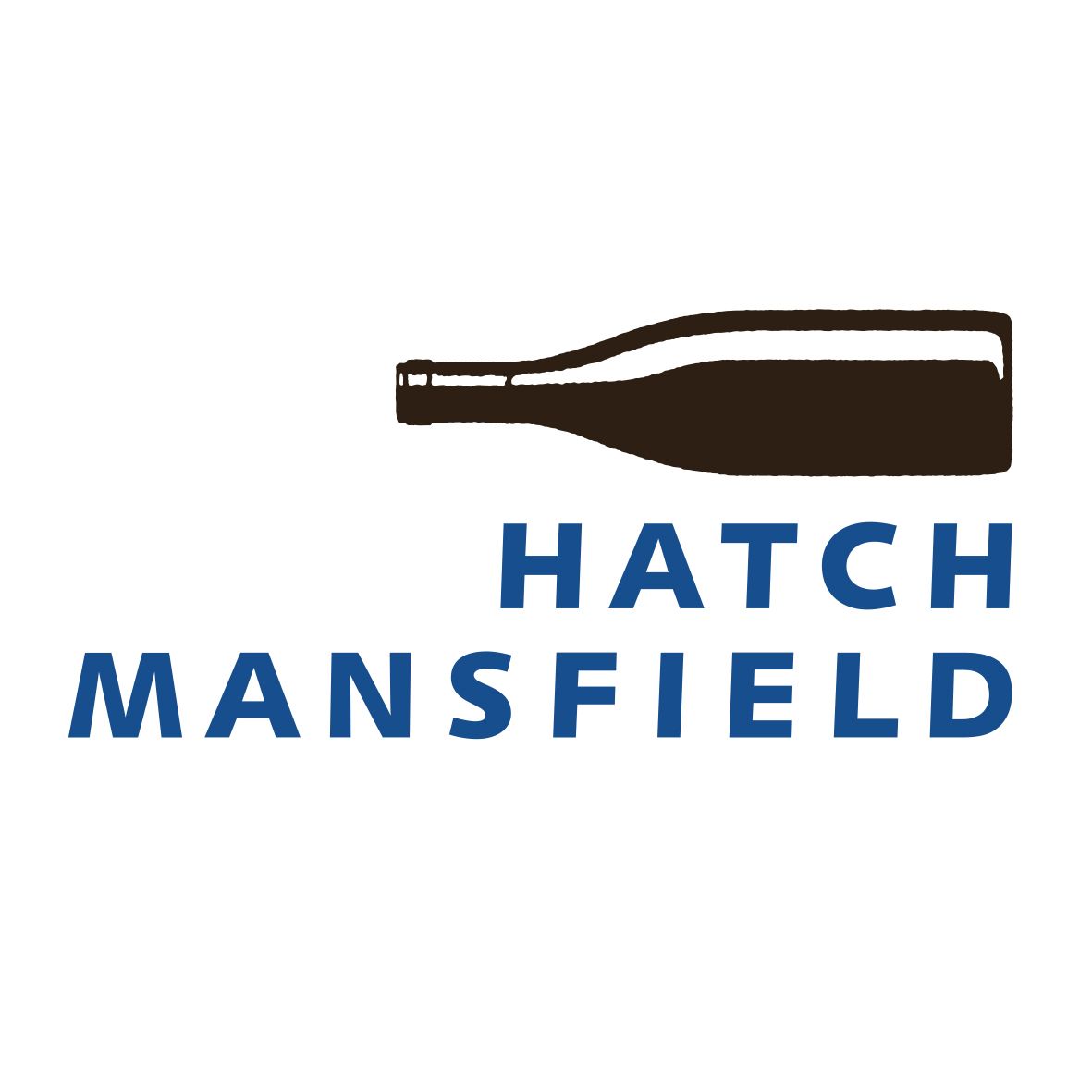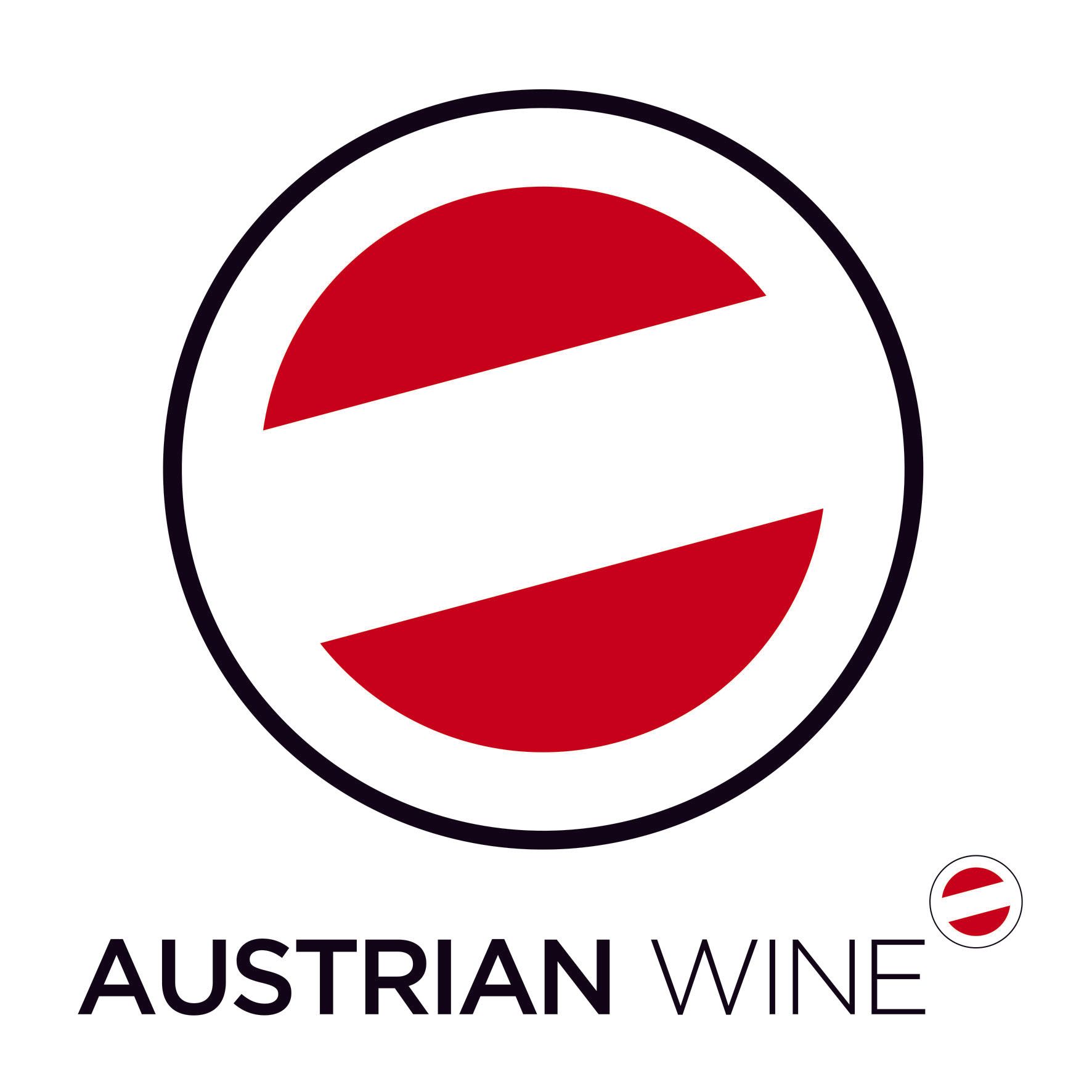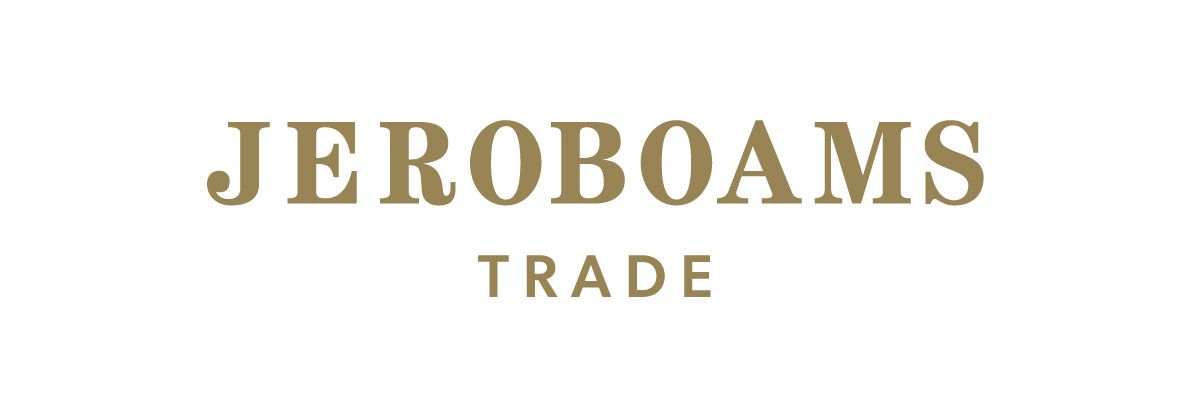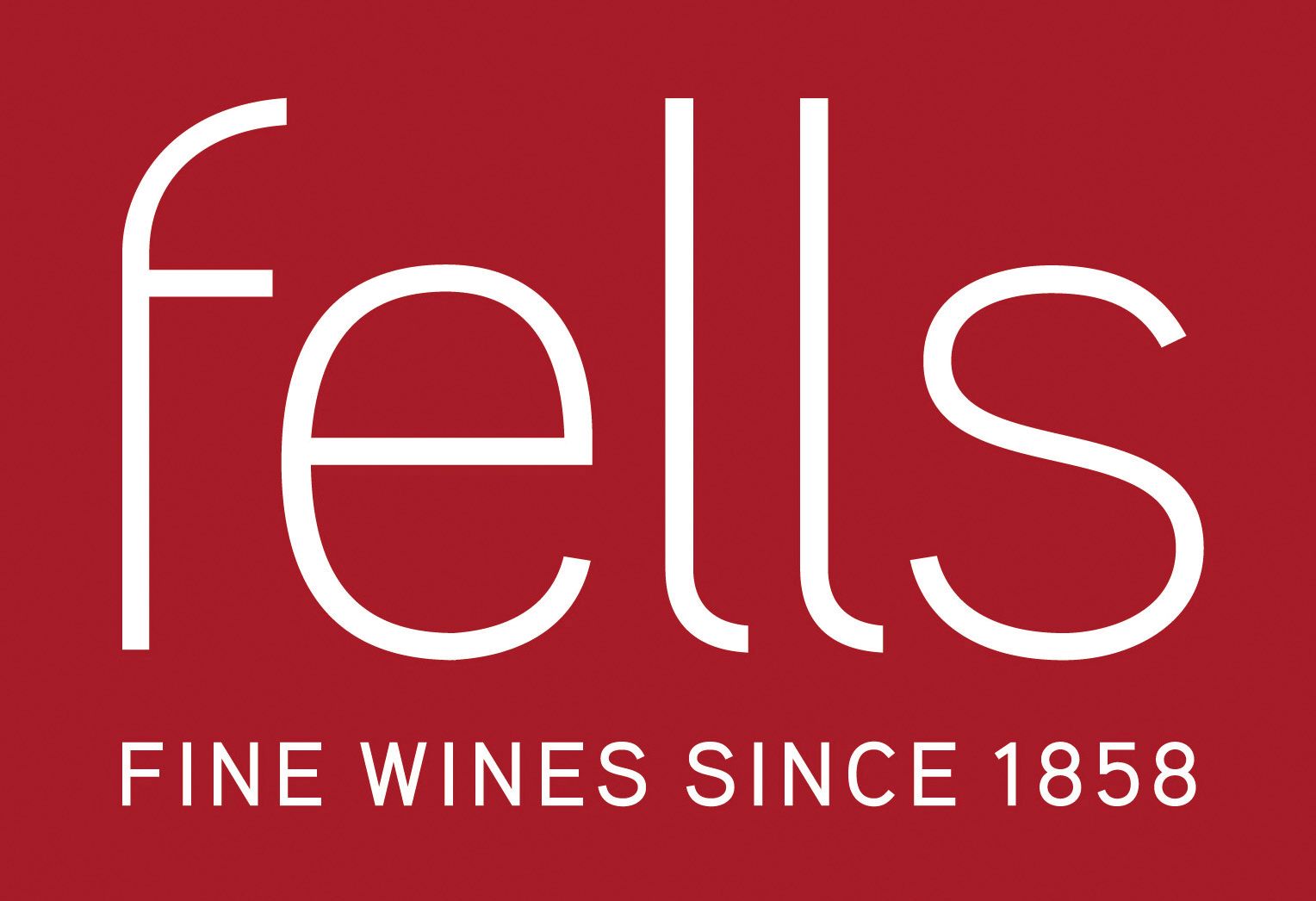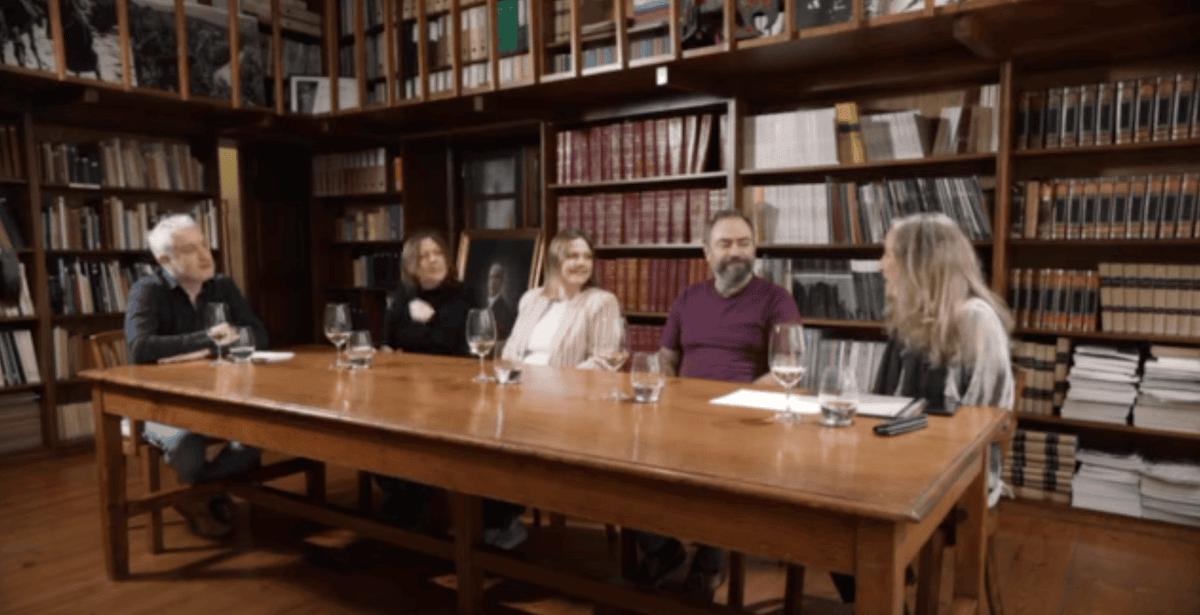On the last day of a tour of the Cava region we were welcomed into Codorníu or, what some of my fellow journalists fondly referred to as, "the Disneyland of wine". One of the largest producers of sparkling wine globally which is now owned by global investment firm, the Carlyle Group. The estate is surrounded by beautifully landscaped gardens and Gaudí-inspired architecture, with stunning views of Montserrat.
Beneath it lies a 19-mile cave system where millions of bottles of cava are aged. Riding a speedy underground train added a touch of excitement to our visit!
The history of Cava
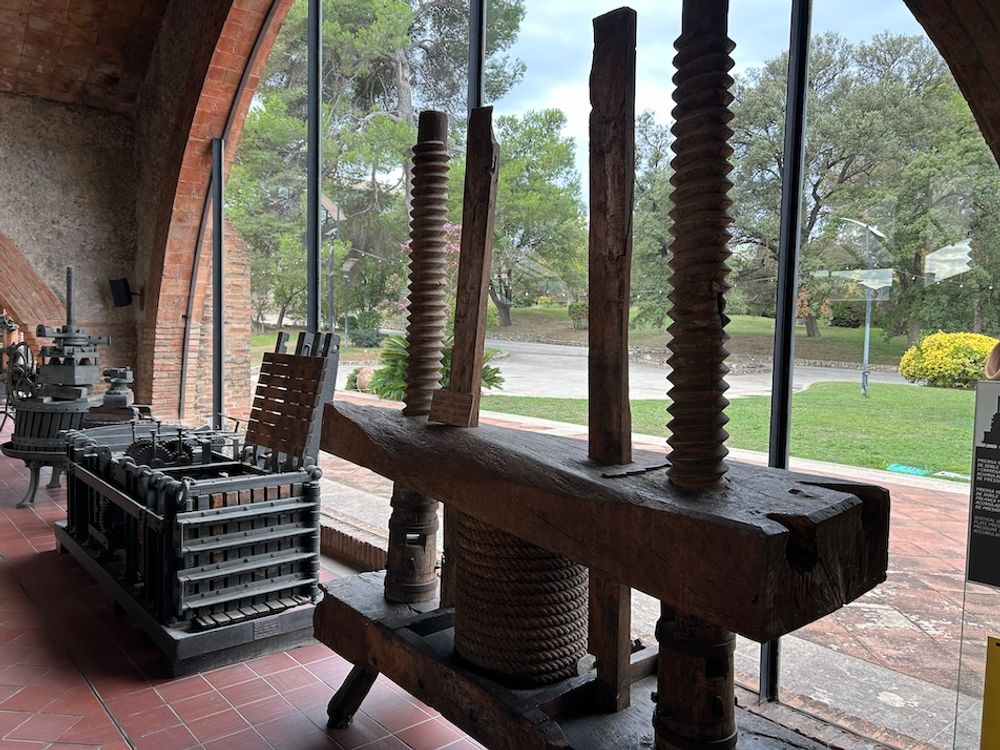
Today, some of the buildings serve as a museum dedicated to the history of Cava. Visitors can explore the old electricity room and see ancient wooden barrels. There is also evidence of how wines were once transported in wooden boxes protected with straw, a necessity given the rough conditions faced by horse-drawn carts on unpaved roads.
The estate has undergone significant transformations; in the 1970s, the removal of a false ceiling unveiled the building's striking parabolic arches and expansive spaces where countless bottles of Cava were aged, now celebrated as the “Cathedral of Cava,” a masterpiece created by the renowned architect Josep Puig i Cadafalch.
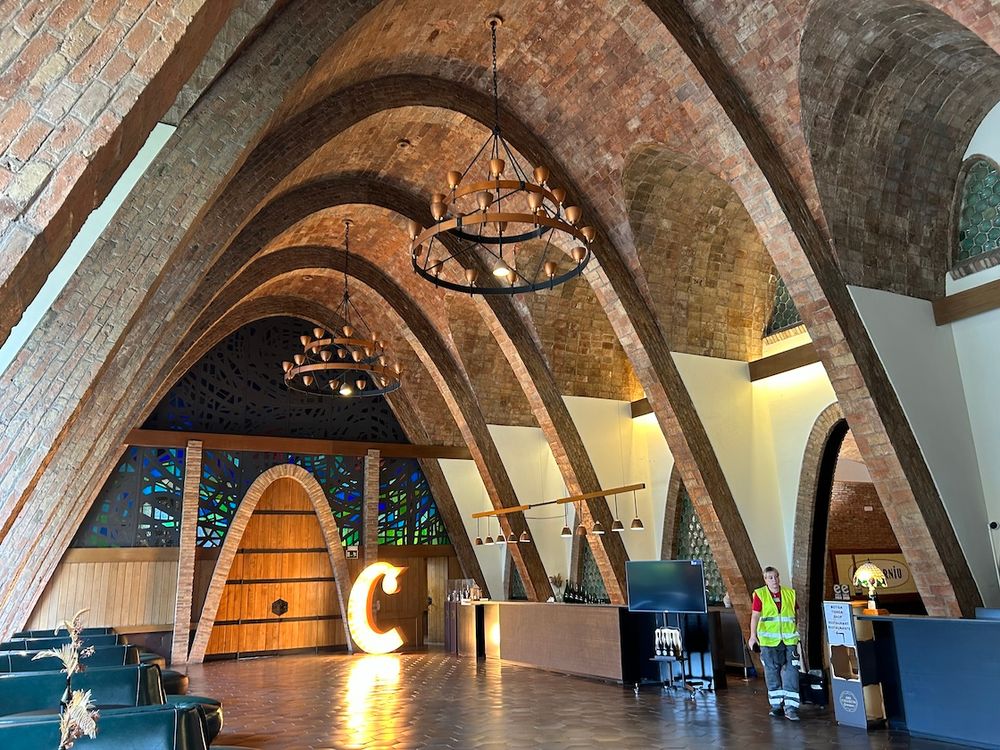
The history of Codorníu dates back to 1551, when the Codorníu family started cultivating vineyards in the Penedès region. The pivotal moment in the winery's history occurred in 1659, when the Codorníu family name was merged with the Raventós family when Anna Codorníu at the age of just 14 married Miquel Rabentós. (Another important woman in the history of Cava quietly shapes its story).
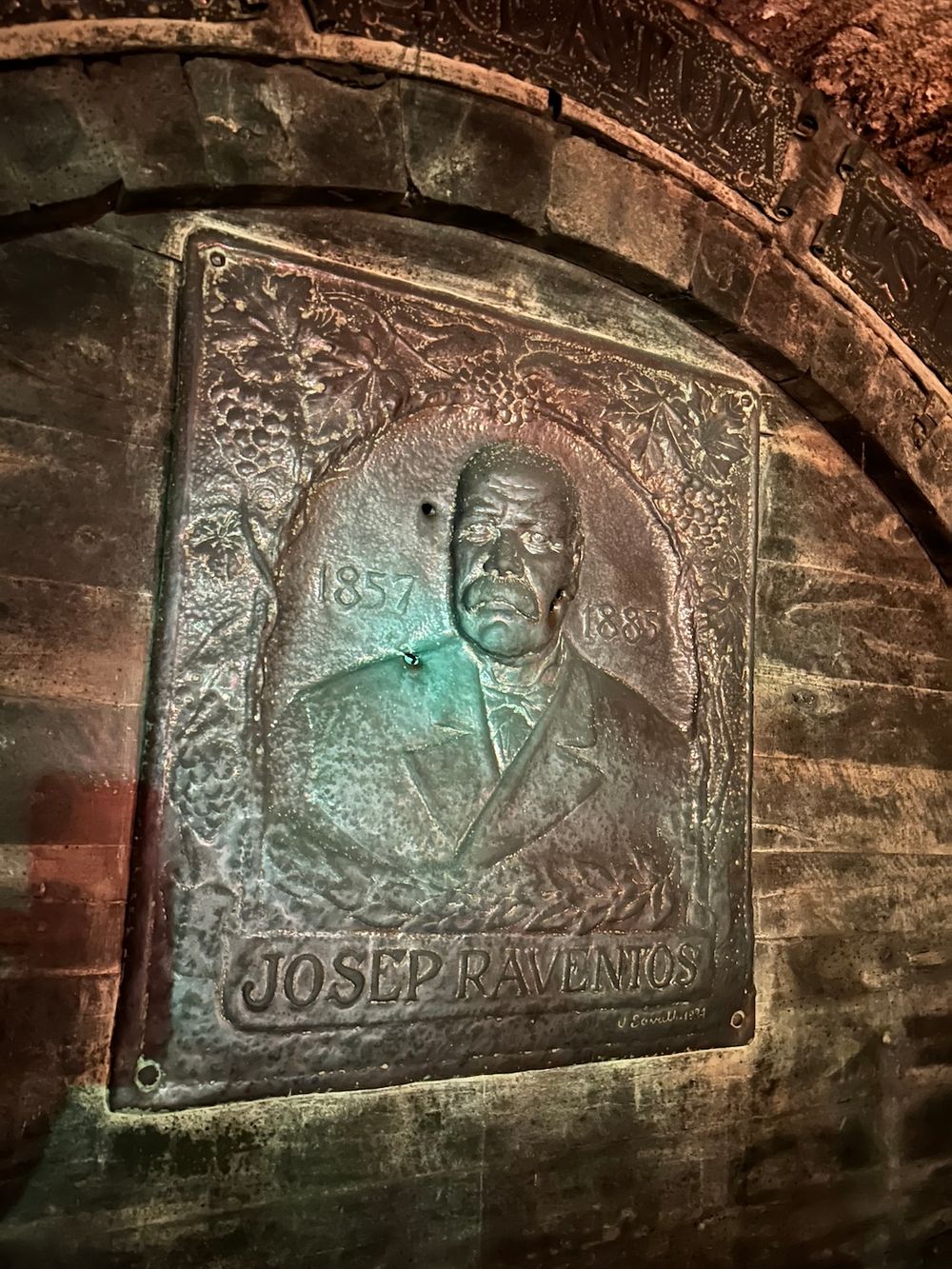
The family name Codorníu has remained associated with the estate and company ever since. Today, the company operates under the name Raventós Codorníu and has expanded to include more than ten wineries worldwide, including locations in Napa Valley, California, and Mendoza, Argentina.
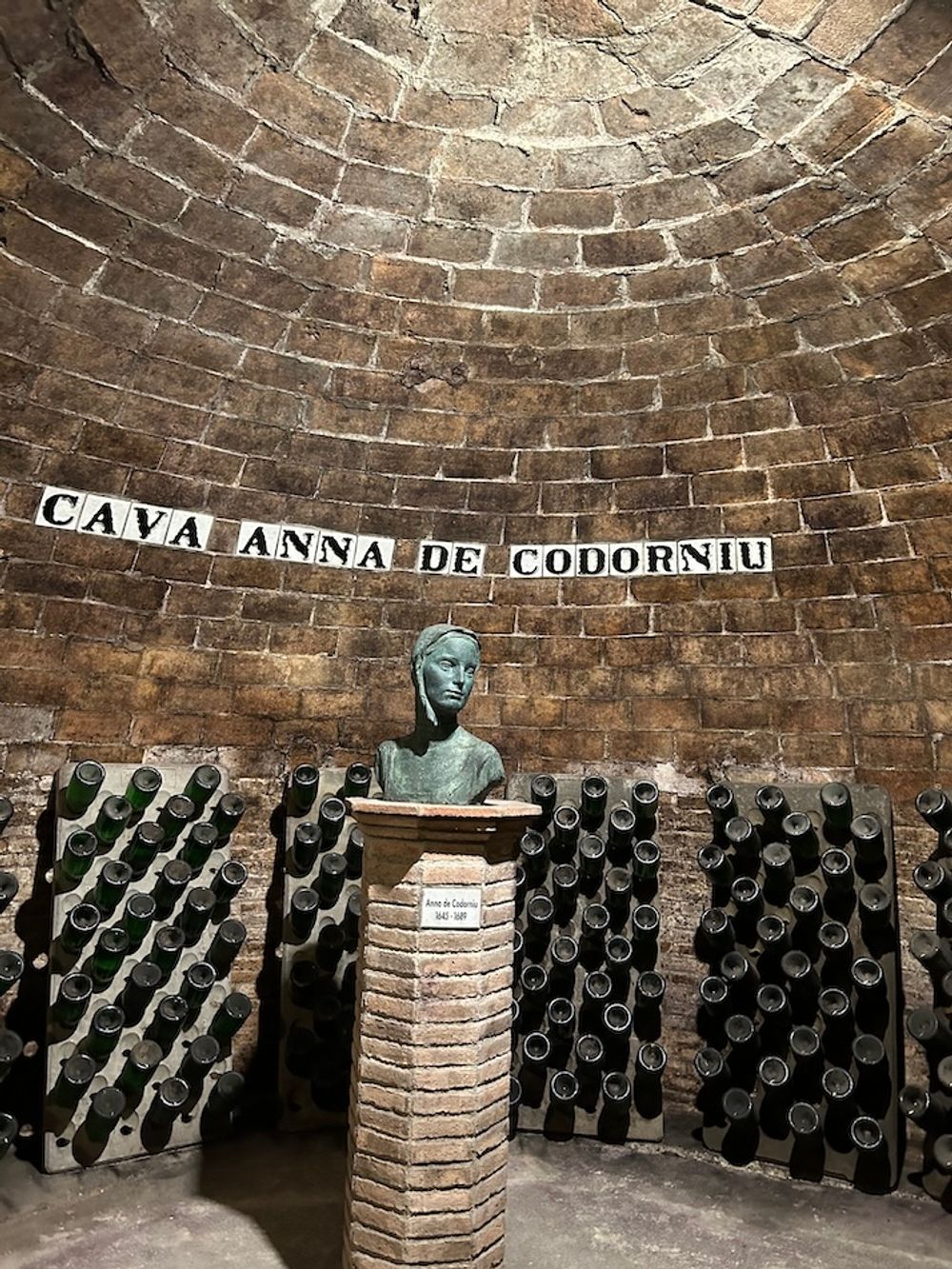
Codorníu produces about 35 million bottles of Cava each year, adhering to the traditional Champenoise method. Its first sparkling wine was crafted in 1872 by Josep Raventós, and since then, the winery has embraced innovation. Interestingly, among its premium offerings, the "459" Cava is named after the number of harvests completed since 1551, this Cava is produced only in exceptional vintages, with ageing periods of up to 12 years.
A graded approach to winemaking
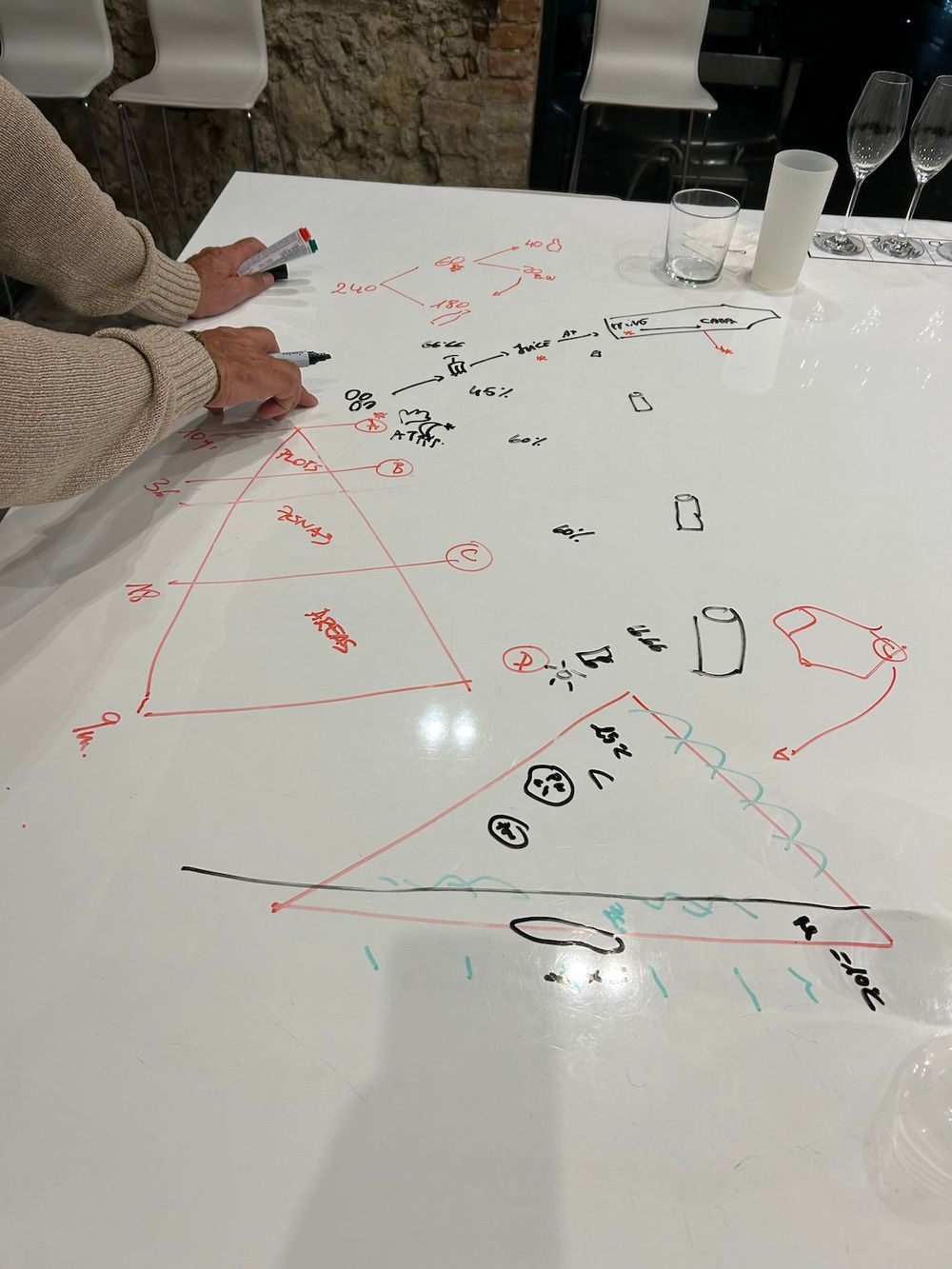
Bruno Colomer, the head winemaker of Codorníu for 16 years, entered the tasting room with understated confidence, projecting knowledge and wisdom. Before we began the tasting, Colomer detailed his approach to working with Codorníu's diverse terroirs. He laid out the winery's internal classification system for grading grapes, categorising production into three levels: Areas, Zones, and Parcelas, and grading grapes from A to D.
Grapes classified as “A” come from top-quality plots, characterised by calcareous soils and higher altitudes. These sites yield just 8 tonnes per hectare with high acidity of around 10 g/l. Grapes from “A” plots receive special treatment, often aged for up to 10 years and pressed for only 450 litres per tonne, ensuring a more complex and concentrated juice, ideal for Codorníu’s high-end Cavas.
In contrast, grapes from “D” plots – flatter, more fertile areas –yield 12 tonnes per hectare with lower acidity. These grapes undergo fermentation in larger tanks to highlight their lighter, more fruit-forward characteristics. “D” plots produce Cavas that are aged for a minimum of 9 months, representing Codorníu’s simplest, everyday styles. Pressing for “D” grapes allows for 666 litres per tonne to be extracted, enhancing the freshness and fruit-driven nature of the resulting wine.
Colomer employs this classification system to manage the vast scale of Codorníu’s operations while maintaining quality control across its 35 million bottles of cava annually. He also emphasised that Codorníu’s 2024 vintage will be fully organic, further demonstrating its commitment to sustainable practices.
The wines tasted stood out across the board as particularly fresh and fruity, with a lively zing on the palate. They seemed designed to be approachable, perhaps more commercial, and tailored to the everyday drinker's palate.
A more precise expression of terroir in cava
After my visit to the Penedès, I had the good fortune to meet Bruno Colomer again in London for a cava food pairing lunch. This event offered a fantastic opportunity to deepen my understanding of the intricacies of cava and its culinary possibilities.
The pairing of different cavas with various dishes truly highlighted how versatile this sparkling wine can be, making it an excellent choice for any meal.
During our discussion, Bruno shared insights on the evolving landscape of cava production, highlighting the recent introduction of sub-zones within the Cava D.O. These classifications, which are now visible on the labels, help consumers better understand the origins of the wine. Colomer explained that there are currently four main sub-zones, each with unique characteristics and regulations, allowing for a more precise expression of terroir in cava.
Highlights of the tasting
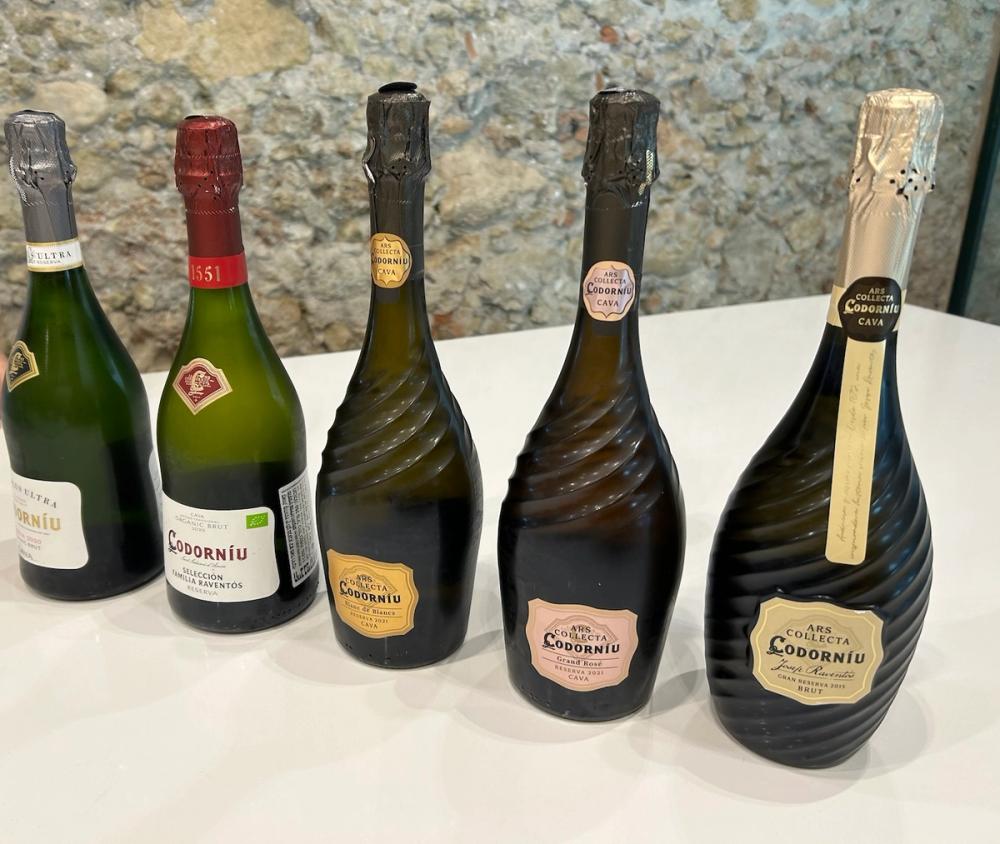
Ars Collecta, Blanc de Blancs Brut Reserva 2021
From terroir B. 9 g/l dosage. This elegant Cava is a blend of Chardonnay, Xarel·lo, and Parellada, inviting with fragrant jasmine and ripe stone fruit notes. On the palate, it reveals layers of peach and pear, complemented by crisp acidity and a subtle hint of minerality, showcasing lively effervescence and a refined finish.9 g/l dosage.
Joseph Raventos 2015
Up to 10 g/l dosage. A compelling blend of Xarel·lo, Macabeo, Pinot Noir, and Chardonnay, this wine presents an intriguing autolytic character on the nose, with biscuits and fresh mint intertwined with notes of fennel. The palate is smooth and rounded, bursting with flavours of lemon, pear, and honey, delivering a harmonious balance of richness and freshness with a lingering, delicate finish.
Codorniu Vintage Cava Brut
Made from the classic blend of Xarel-lo, Macabeo, and Parellada from Penedès, this wine is fresh and delightful, with notes of honey, citrus, and Pink Lady apples, finishing with a smooth, creamy texture. It's only 11.5% ABV, a bonus for me, though I was surprised it wasn’t highlighted more prominently on the label. A complete bargain for a tenner from Tesco…I paired it with steak, sweet potatoes, and salad, and it was a perfect match, bringing a little Spanish sunshine to the dinner table on a rainy evening as the nights begin to draw in.
All Codorníu wines are certified organic. No brainer, right?
UK Importer Matthew Clark
